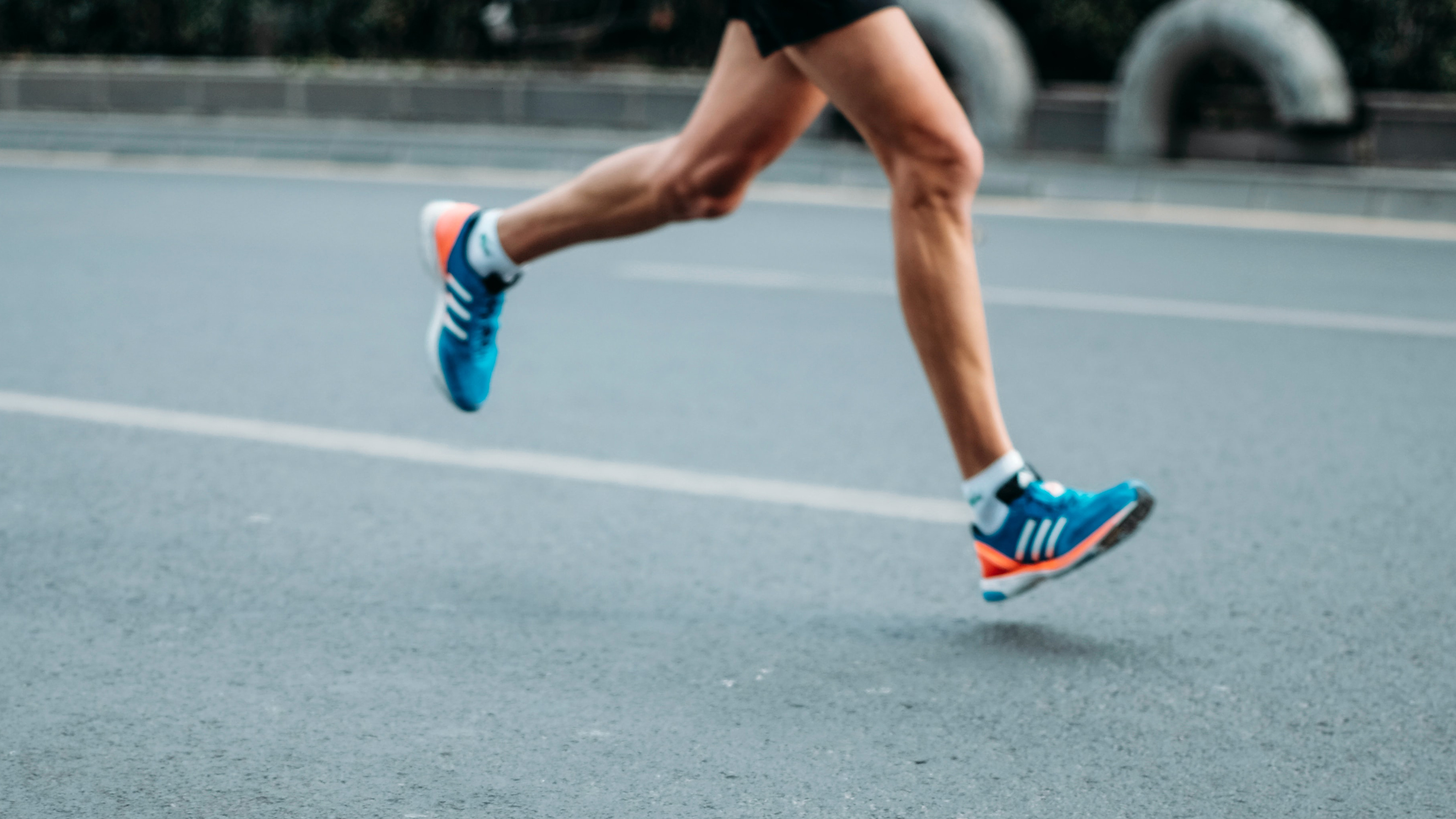Hate running? Here's a five-step guide to achieve the famous "runner's high"
Don't understand why some people love running? You will, if you follow these tips


Do you hate running? If you've clicked on this article, the answer is likely yes. Whether you're just coming to fitness for the first time, or you're a seasoned exerciser, lots of people can't stand the repetitive nature of running. Perhaps you find it boring, or with no distractions or variations, you focus on how difficult the exercise is. It's certainly very common.
However, there's another subset of people who strap on their best running watch every day, and they absolutely love running. These individuals like nothing more than to lace up and go long distances, providing themselves an opportunity to explore new places, or visit a favourite route, while listening to music or a podcast.
Full disclosure: I am one of those people. I love running. It's meditative for me: over the course of an hour's run on a weekend morning, I can occupy my body, which burns calories and exercises my lungs (I have asthma) and also occupy my mind while listening to podcasts and audiobooks. And during lockdown, it provides a sense of movement and achievement I can't get while sat at my desk.
But what really drives me is the good feeling you get at the end of a long run, which is known as the "runner's high".
What is the runner's high?

"Runner's high" is a colloquial term for the chemicals released in your brain after a run. These include dopamine (the brain's "reward molecule" released when you eat a piece of chocolate or complete a level in a video game) and serotonin (known as the brain's "happy hormone" which temporarily elevates mood).
However, research from the Georgia Institute of Technology and John Hopkins University has found exercise also releases "endocannabinoids": chemicals which have a similar effect as the cannabis plan, but are produced naturally in the body. This apparently leads to analgesia, a dampening of pain, and a feeling of sedation. This is what separates the normal feel-good effect of an exercise with the "runner's high".
David Linden, Ph.D., a professor of neuroscience at the Johns Hopkins University School of Medicine, says: "Endocannabinoids can move easily through the cellular barrier separating the bloodstream from the brain, where these mood-improving neuromodulators promote short-term psychoactive effects such as reduced anxiety and feelings of calm."
Start your week with achievable workout ideas, health tips and wellbeing advice in your inbox.
How do I reach the runner's high?

If you want to love running, like lots of people do, one of the best ways to go about it is training for longer duration runs. It doesn't matter how fast you go: if you train consistently, you'll always be improving. Our Couch to 5K plan offers an excellent introduction to running over ten weeks, but if you can already run 5K over the course of 40 minutes or so, you're already well on your way.
- 1. Fuel up
Reaching the runner's high requires you to run for an extended period of time. Whereas sometimes people try and burn fat by running on an empty stomach, endurance runs require a good source of fuel. We recommend a source of whole-grain, low-GI carbs which will release energy slowly, like porridge or whole-wheat pasta. - 2. Run for at least 50 minutes
The aforementioned study from Georgia found participants who cycled for 50 minutes managed to activate the body's endocannabinoid system. This is the time period you want to exercise for in order to hit that elusive feeling of elation. - 3. Run at 70% of your maximum capacity
When running for a long period of time, it's important to conserve your energy properly: after all, you've got a long way to go. The study also had its participants train at an average of 70% effort over the course of the 50 minutes, so it's a good idea to conserve your effort so you've always got something left in the tank. - 4. Run in Nature
Want to maximise the calming effect of the run? A study from Cardiff University found off-road running in nature provided feelings such as "uplifting, beautiful and awesome" and "a sense of being transported", according to survey responses. being in natural environments is well-known to provide a calming, restorative effect, and running is a great way to experience that. - 5. Get the right equipment.
If you're running for extended periods of time, the first thing you want to do is protect your joints. Getting the best running shoes for men, or the best running shoes for women, will provide solid cushioning and encourage good form when hitting the roads, as well as making your runs less painful and more comfortable.
Your comfort is key: after all, this is all about enjoying yourself. The best workout clothes for men and best workout clothes for women, likewise, can discourage chafing, wick away sweat and make sure you're comfortable during exercise.
Matt Evans is an experienced health and fitness journalist and is currently Fitness and Wellbeing Editor at TechRadar, covering all things exercise and nutrition on Fit&Well's tech-focused sister site. Matt originally discovered exercise through martial arts: he holds a black belt in Karate and remains a keen runner, gym-goer, and infrequent yogi. His top fitness tip? Stretch.
